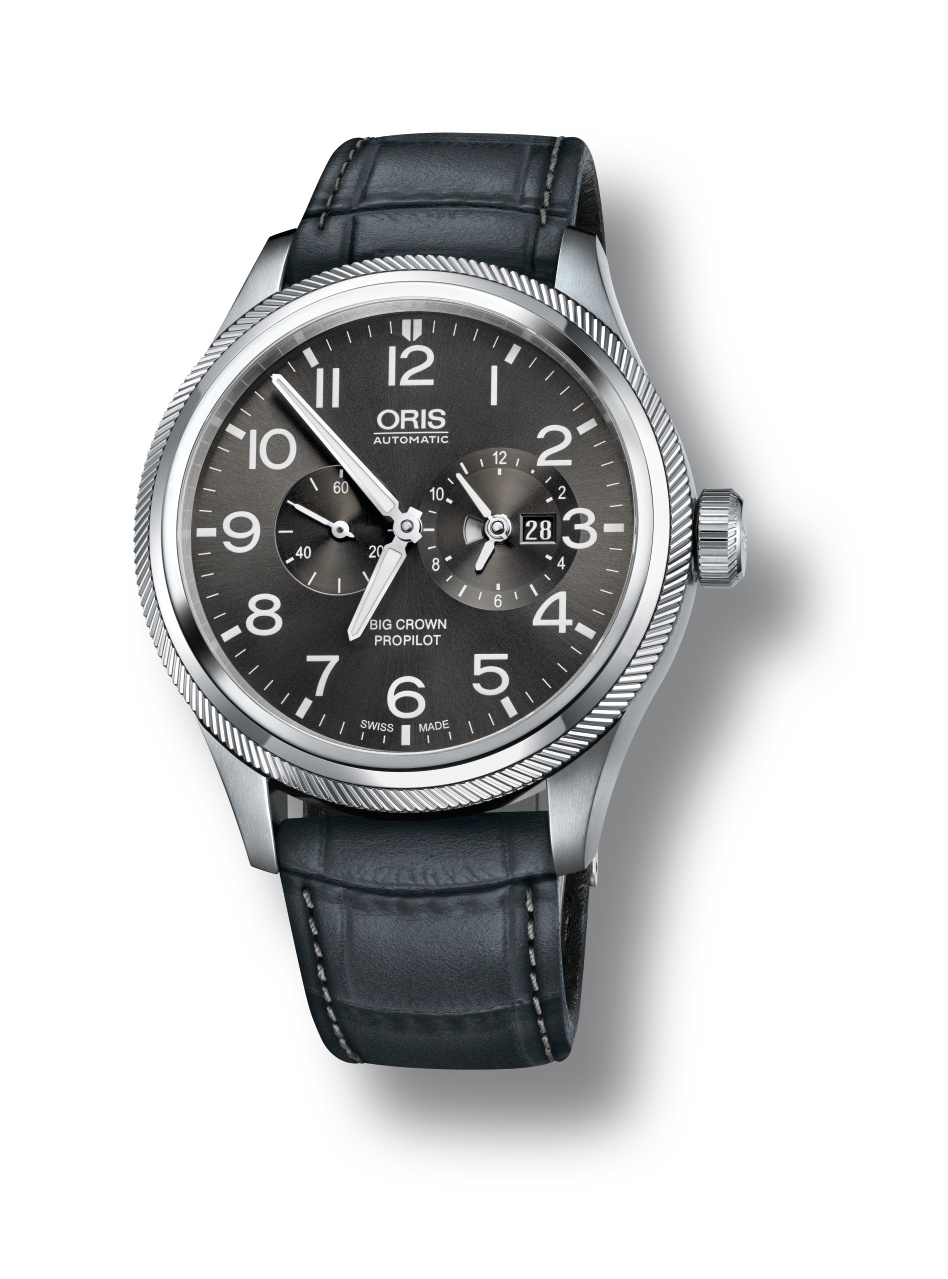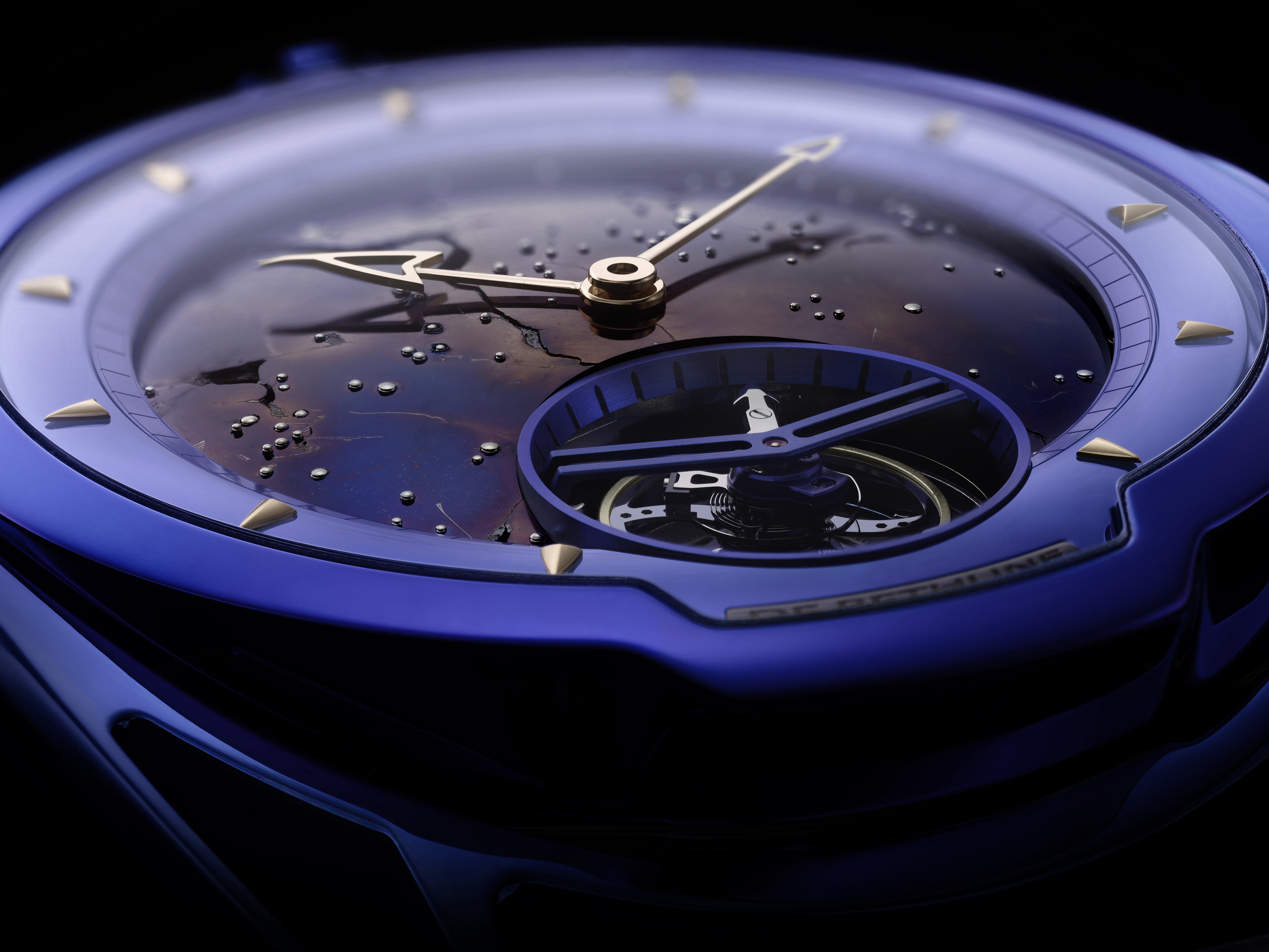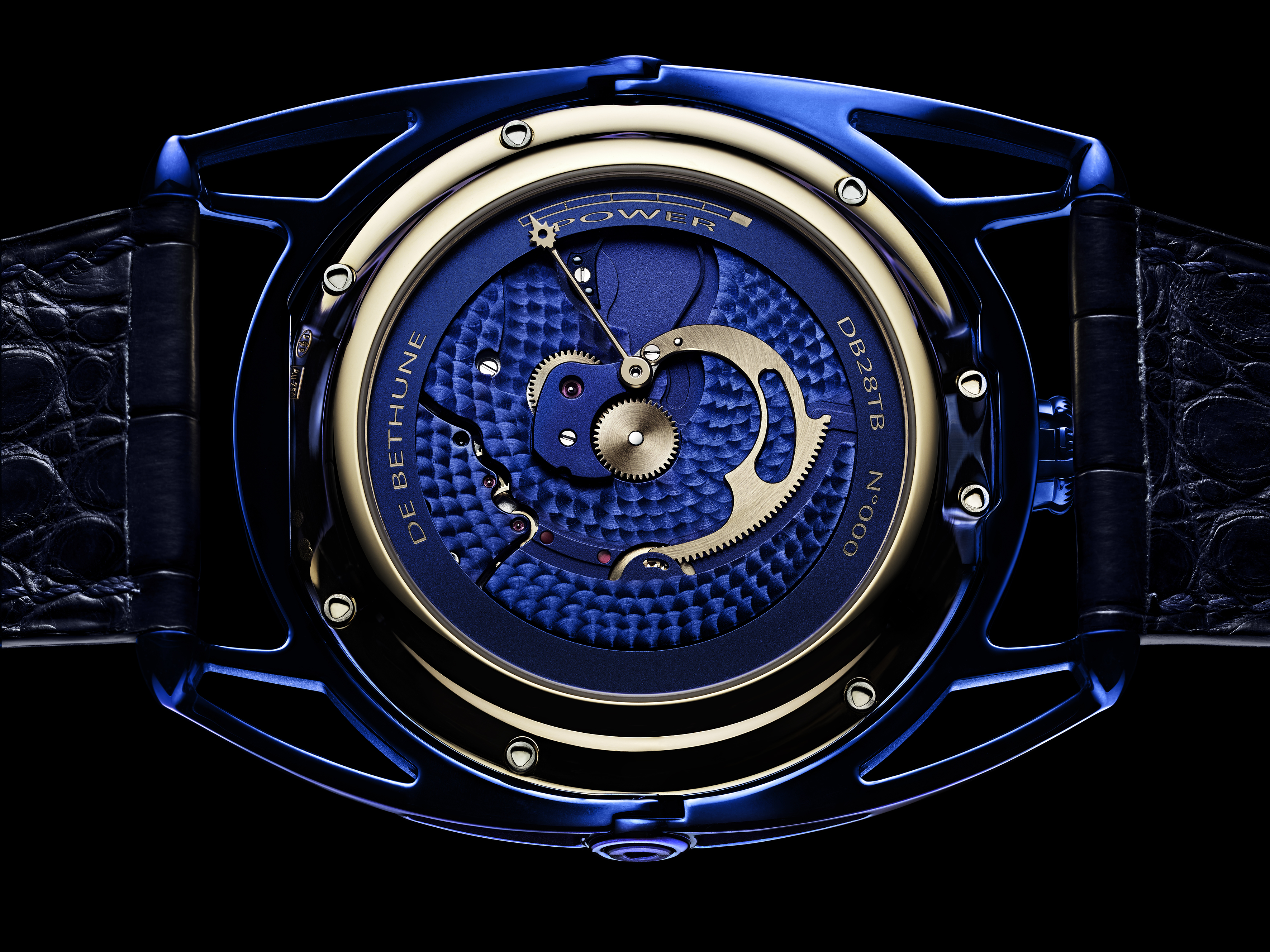Oris has a Worldtimer in his collection since 1997. Its design and functions were so popular amongst fans and watch afficionados that Oris hasn’t changed much over the course of these 20 years. But we won’t deny that the name might be a little confusing because classically, this feature would be classified as a second timezone and not as a world time function. It came with a sub dial for the second timezone including a day/night indicator and was easy to read. This original watch featured plus and minus pushers on the side of the case that when pressed adjusted the local time forwards or backwards in one-hour jumps, without the need to pull out the crown or stop the running of the watch. The date would keep track of the time adjustment, even if that meant going backwards over midnight.
In the new Big Crown ProPilot Woldtimer Oris has maintained the original design overall while taking the world time complication to a new level. Basically, this watch has the same functionality as the 1997 innovation, but now the pushers are cone and local time is adjusted by rotating the bezel. Rotating the bezel clockwise moves the central hour hand forward in one-hour jumps; counter clockwise back, also in one-hour jumps.
The design is a little cleaner due to the disappearance of the pushers and the new Worldtimer sports a Big Crown ProPilot case, therefore belonging to Oris‘ pilot’s watch collection. It features the signature coin-edged bezel that makes it easy to grip when adjusting local time. The dial measures generous 44.7 mm in diameter and falls somewhere in the middle of the collection which cases range from 41 to 47 mm. The dial is very legible through its size and clean design. Over the dial lies a domed, anti-reflective sapphire crystal.
The case is water resistant up to 10 bar.
Oris offers two versions of the Big Crown ProPilot Worldtimer. The first has an anthracite dial and a polished top ring on the bezel, the second has a black dial and a brushed top ring. The day/night indicator is still there; it is placed in the sub dial for the second timezone, opposite the date window. When the small window is light it is day in the second timezone, at night the window appears dark.
The watch is powered by the Oris Kal. 690, which is based on the ETA 2836-2. It can be seen through the mineral glass in the case back. The calibre features, as mentioned, an adjustable hour hand for local time, a subsidiary second time zone with hour and minute hands as well as a day/night indicator at 3 o’clock, a date window at the same position, and small seconds at 9 o’clock.
The Big Crown ProPilot Worldtimer comes with one of three different straps. The leather and textile strap feature a stageless length adjustment system that’s based on the airplane safety-belt principle. Naturally, there will also be a stainless steel bracelet.
Oris is known for its great price-performance ratio and the new Worldtimer is no exception. The watches with the leather and stainless steel bracelet cost 3.400€, one with a textile bracelet costs 3.200€.






